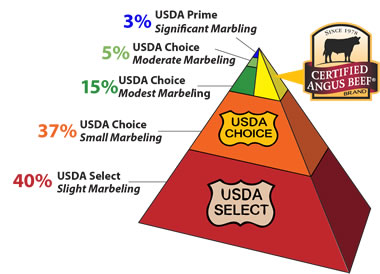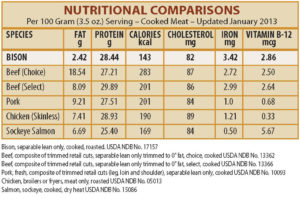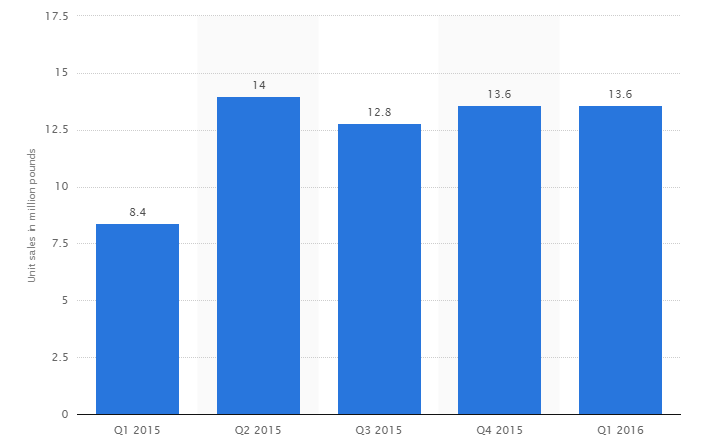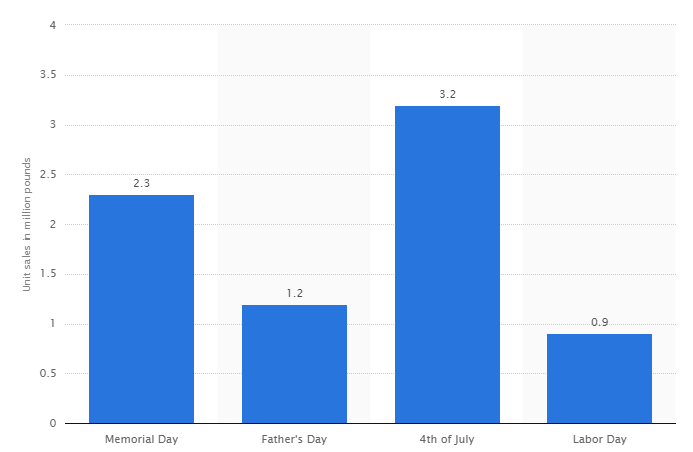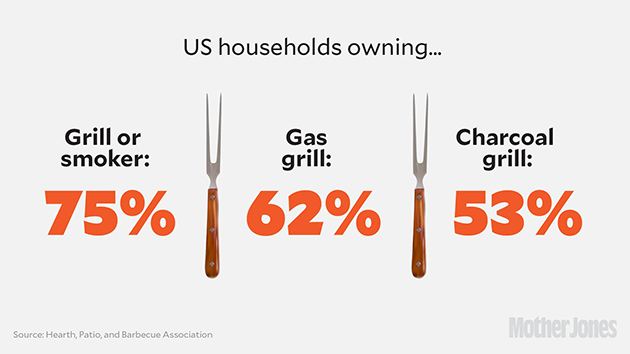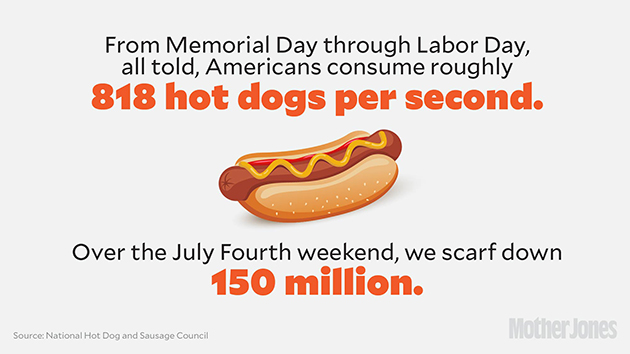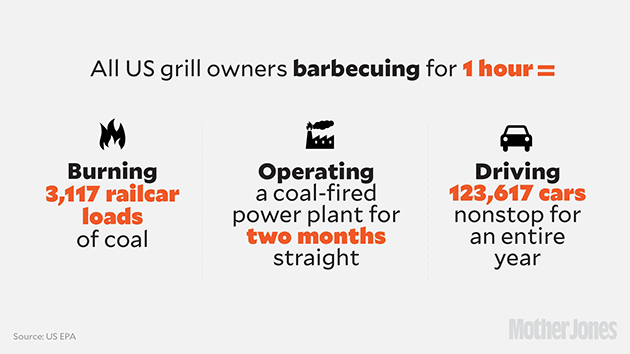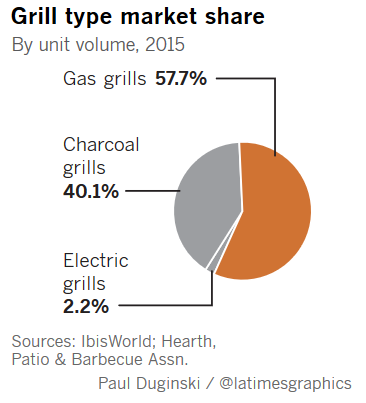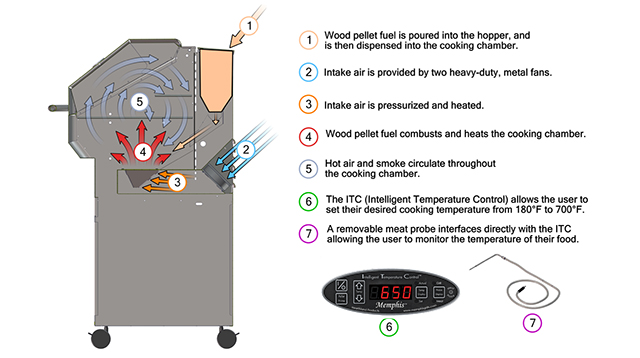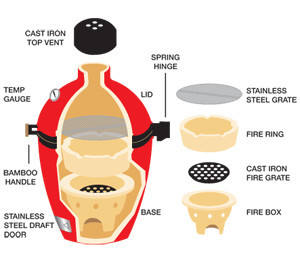Join me and my special guest, Colby “meat whore” Pritchett (@colbypritchett) on this BBQ showdown where we pit the Big Green Egg against the Green Mountain Grill Pellet Smoker. We also cover the history, styles, stats, and health facets of different types of BBQ.
History
- Bbq evolves from the spanish word ‘barbacoa’, but where the word actually originated is still debated.
- BBQ dates back to the colonial era. George Washington even attended bbq’s
- Woods commonly selected for their flavor include mesquite, hickory, maple, guava, kiawe, cherry, pecan, apple and oak. Woods to avoid include conifers. These contain resins and tars, which impart undesirable resinous and chemical flavors.
- The most popular foods for cooking on the grill are, in order: burgers (85 percent), steak (80 percent), hot dogs (79 percent) and chicken (73 percent).
- MAY is national BBQ month
- Only 10% of grill owners have a backyard kitchen, equipped with premium furniture and lighting?
- The longest barbecue measured 8,000 m (20,246 ft) and was created by the people of Bayambang, (Philippines), in Bayambang, Pangasinan, Philippines on 4 April 2014. The record attempt took place during the Malangsi Fish-tival in order to celebrate the 400th anniversary of the city Bayambang. The barbecue was made up of 8,000 grills connected to each other, each measuring 1m in length, 58 cm in height and 21 cm in width. 50,000 kg of fish, 2,000 kg of salt, 480 blocks of ice and 6,000 bags of charcoal were used. 8,000 people were involved.
Styles
There are different regional barbecue styles all across the country. Although they all cook their meat low and slow, that’s where the similarities stop. Some cook pig, some smoke different cuts of beef, some lamb, and some chicken. Sauces are also varied: some are vinegar and pepper-based; others utilize brown sugar and molasses; in some, mustard is the predominant flavor; and tomato is the primary flavor in others. While there are plenty of nuances and micro-regional styles, there are four styles that anyone who claims to be a barbecue lover should know about.
In North Carolina, barbecue revolves around the pig: the “whole hog” in the east and the shoulder in the west. The pork is chopped up and usually mixed with a vinegar-based sauce that’s heavy on the spices and contains only a small amount of tomato sauce, if any.
In Memphis, it’s all about the ribs. Wet ribs are slathered with barbecue sauce before and after cooking, and dry ribs are seasoned with a dry rub. You’ll also find lots of barbecue sandwiches in Memphis: chopped pork on a bun topped with barbecue sauce, pickles, and coleslaw.
Kansas City barbecue uses a wide variety of meat (but especially beef) and here it’s all about the sauce, which is thick and sweet. Kansas City is a barbecue melting pot, so expect to find plenty of ribs, brisket, chicken, and pulled pork there, all served with plenty of sauce. Brisket burnt ends are also a specialty here.
And there are a few different styles native to Texas, but the most famous variety is the Central Texas Hill Country “meat market” style: heavy on the beef brisket, which has been given a black pepper-heavy rub. Sauce and side dishes usually play second fiddle, because in Texas it’s all about the meat, be it ginormous beef ribs, pork ribs, chicken, brisket, or sausage.
– http://lehighvalleymarketplace.com/get-sauced-the-nations-top-bbq-regions/
Brisket Cuts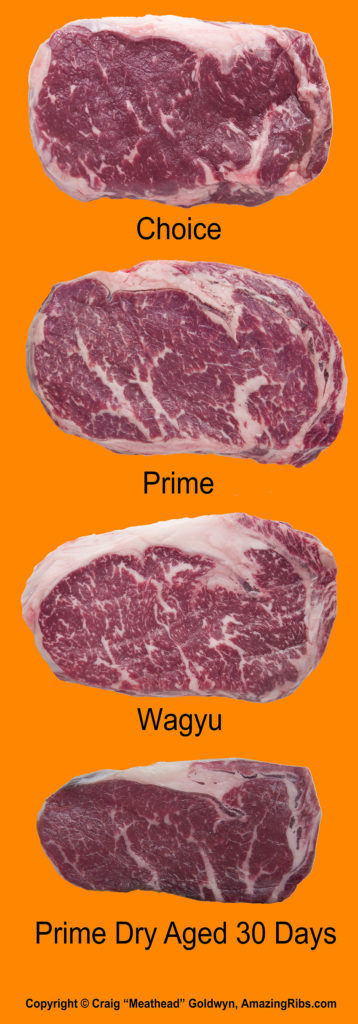
- USDA Utility, Cutter, Canner Beef. These are the lowest grades of beef and used primarily by processors for soups, canned chili, sloppy Joe’s, etc. You will not likely see them in a grocery.
- USDA Standard or Commercial Beef. Practically devoid of marbling. If it does not have a grade on the label it is probably standard or commercial. These grades are fine for stewed or ground meat, but they are a bad choice for the grill. About 2% fat.
- USDA Select Beef. Slight marbling. If you know what you are doing you can make this stuff tender. Otherwise, get a higher grade. About 2 to 4% fat.
- USDA Choice Beef. Noticeable marbling, but not a lot. This is a good option for backyard cooks. About half of all beef is marked USDA Choice. There are actually three numbered sublevels of USDA Choice. Certified Angus Beef (CAB) is limited to only the top two levels. Reliable sources tell me that Walmart “Choice Premium” is USDA Choice. The word “premium” is all about marketing and not to be confused with USDA Prime. 4-10% fat. A 12 ounce ribeye typically sell for about $8 to 10 retail at the time of this writing in 2010, and prices fluctuate depending on supply and demand as well as weather which impacts the cost of feed.
- USDA Prime Beef. Significant “starry night” marbling. Often from younger cattle. Prime is definitely better tasting and more tender than Choice. Only about 3% of the beef is prime and it is usually reserved for the restaurant trade. About 10 to 13% fat, about $20-30 for a 12 ounce ribeye at retail. A dry aged steak can be15-18% fat and $30-35 or more for a 12 ounce ribeye.
- Black Angus. Black Angus cattle are considered by many to be an especially flavorful breed. Alas, it is almost impossible to know if what you are buying really is Angus.
- Certified Angus Beef. The Certified Angus Beef (CAB) brand is a trademarked brand designed to market quality beef. To wear the CAB logo, the carcass is supposed to pass 10 quality control standards and CAB must be either USDA Prime or one of the two upper sublevels of USDA Choice. Most of it is USDA Choice. CAB costs a bit more because the American Angus Association charges a fee to “certify” the cattle and higher markups take place on down the line.
- Interestingly, CAB does not actually certify that the beef labeled Certified Angus Beef is from the highly regarded Angus breed. Their major control is that the cattle must have a black hide, which is a genetic indicator that there are Angus genes in the cattle, but not a guarantee.
- Wagyu Beef. Wagyu cattle have Japanese blood lines and are now raised in the US and other countries. Their genetic heritage can be any of a number of Japanese cattle breeds. American Wagyu does not have to adhere to the standards as Kobe beef (below), and many of the Wagyu are cross bred with local breeds to make them better adapted to the local climates and diseases. Wagyu and Angus crosses are frequent, and they make mighty fine meat. Wagyu is usually extremely marbled, usually 4 to 10 BMS, more than USDA Prime, but not as much as Kobe, and the flavor and texture is distinctive. It is also about twice the price of USDA Prime. One can only wonder how long before the cross breeding and lack of enforceable standards dilute the quality.
Nutrition Facts
Brisket Sales
- Beef Brisket unit sales (in millions of pounds)
- 2014 Brisket Sales by Holiday in US (millions of pounds)
- 538 – Where’s the Beef
- US Cattle Herds are shrinking (97mm in ’07 –> 88.5mm in ’14)
- Fertilizer, fuel, and feed rose
- Droughts hit
- Prices are rising
- US Cattle Herds are shrinking (97mm in ’07 –> 88.5mm in ’14)
| 2016 Sales by Restaurant | Pecan Lodge | Ten 50 BBQ | Franklin’s Austin |
| Brisket | 6,700 | 2,100 | 10,662 |
| Sausage | 1,525 | 2,000 | 1,200 |
| Ribs | 1,823 | ||
| Mac & Cheese | 4,000 | ||
| Potato Salad | 75 | ||
| Beans | 1,600 | 600 | |
| Peach Cobbler | 340 | ||
| Sides | 600 | ||
| Torpedos | 6,500 | ||
| Rolls/Bread | 4,200 | 4,000 | |
| Notes | Brisket is their single largest expense – more than rent, electricity, etc. |
- Dickey’s – uses BigData and near real-time analytics of store data (synced every 20 min.) to analyze sales trends, inventory, etc.
- If ribs aren’t selling well, they can send a text message coupon out to affect sales
- Tools: iOLAP vendor, implemented Yellowfin BI and Syncsort DMX ETL on Amazon Redshift
Other Stats
- 75% of U.S. adults own a grill or smoker.
- The majority of grill owners (63%) use their grill or smoker year-round and 43% cook at least once a month through winter.
- Nearly a third of current owners plan to grill with greater frequency this year.
- Barbecuing isn’t just an evening activity: 11% of grill owners prepared breakfast in the past year.
- The five most popular days to barbecue, in order are: July Fourth; Labor Day & Memorial Day (tied); Father’s Day; Mother’s Day.
- The top three reasons for cooking outdoors, in order are: to improve flavor; for personal enjoyment; for entertaining family and friends.
- Gas grills are easily the most popular style, the choice of 62% of households that own a grill.
Pellet Grills
- Traeger patent granted in 1986 and expired in 2006
- Continuous fuel source like gas; indirect heating like a traditional smoker, so no flame ups, precise temperature control
- For people who approach cooking as a science rather than an art (but there’s still art to it)
- Induction fan makes grill like a convection oven
- Hopper -> Auger -> firebox -> induction fan
- Pro Tips:
- MAKE SURE YOU DON’T RUN OUT OF FUEL
- Have your vent open almost all the way
- Turn off in proper way to prevent clogs and lock-ups
- Taking it apart to clean it is fraught with peril
- It may still have hot spots like any other grill or oven
- Use food grade pellets, not cheap ones for heaters (these can be scrap wood, shredded pallets, etc.)
- Wifi sounds cool and is, but sometimes it is temperamental and easier just to use w/o it, particularly if in a hurry
- Use your own remote thermometers to watch different parts of grill and multiple pieces of meat at once
- I still use a gas grill to do direct heat or searing
- Can use a thermal blanket to insulate during winter or in cold locations – will use less pellets when you do this
- Get the smallest grill you can stand. The bigger the grill the more pellets required to cook, so you may just be paying to heat air
- What to look for:
- Variable temperature setting (not three positions)
- Hopper capacity
- Meat probes
- Shelves and hooks
- Wifi / smart phone connectivity – verify whether it is only on local Wi-fi or internet capable
- Larger temperature range offers more options for cold smoking, steaks, etc.
- Some have options for pizza stones, sear plates, etc.
- Cool infographic about pellet grills
– Infographic from Grilling with Rich
Big Green Egg
- The design is based on ancient clay cooking vessels up to 3,000 years old.
- Kamado style clay pot grills with removable lids originated in Japan. Kamado means “cooking range” or “stove” in Japanese.
- Very fuel efficient as they hold heat extremely well regardless of the weather. The fact that is holds heat and traps in moisture causes the meat to stay juicy and not dry out.
- US Air Force servicemen started bringing Kamado style grills back to the US after World War II.
- In the 1960s people started manufacturing them in the US.
- Ed Fisher discovered these grills overseas and returned to the US to start the Big Green Egg company in 1974.
Health Tips
- Grilling Danger #1: Char
- While char marks in grilled meat look appealing and give a tasty flavor, the char is laden with cancer-causing compounds called heterocyclic amines (HCAs) that form when meat and high heat are combined to create a blackened crust. The more char that’s created, the more carcinogens result that coat your food. High levels of HCAs can cause cancer in laboratory animals exposed to them, and epidemiological studies show that eating charred meats may be associated with an increased risk of colorectal, pancreatic and prostate cancer.
- Grilling Danger #2: Smoke
- Barbecue smoke contains polycyclic aromatic hydrocarbons (PAHs), toxic chemicals that can damage your lungs. As meat cooks, drippings of fat hit the coals and create PAHs, which waft into the air. If you are a grill chef who loves to stand over the barbeque, you are inhaling these toxins. The smoky smell on your clothes and in your hair is also coating the inside of your lungs. The more your grill smokes, the more PAH is generated. The toxins are absorbed along with that delicious smoky flavor right into your food.
- Grilling Danger #3: Harmful byproducts
- When food is cooked at very high temperatures, a chemical chain reaction can occur that creates inflammatory products called advanced glycation end products (AGEs) that are harmful to your cells and associated with cellular stress and aging. As suggested by the name ‘end product,’ your body cannot digest them or get rid of them easily. Over time, AGEs accumulate in your organs and cause damage. Where do you find AGEs in the barbeque? In the char.
- How to avoid the dangers
- Use marinades and rubs – Coating the meat in herbs with a rub containing rosemary, thyme, pepper or smothering with thick marinades not only adds delicious flavor but can also help reduce the creation of carcinogens by grilling by up to 96%. A tasty marinade also reduces dripping fat and smoke and helps prevent char, thereby lowering the amount of all 3 threats – HCAs, PAH, and AGEs – in your food. Take home message: Boosting flavor can reduce risk.
- Pre-cook your meat – As easy way to decrease toxins created by the barbecuing is to pre-cook your meat halfway over low heat in a skillet or the oven before putting them on the grill. Precooking removes some of the fat that can drip and smoke, and it greatly reduces the amount of time your meat sits on the grill being exposed to toxins. Less time at high heat also means fewer AGEs are created in your meat. Extra bonus: with precooking, you can barbeque the food much faster to feed the hungry troops.
- Marinate the food in alcohol before barbecuing it. According to research published by the Journal of Agricultural and Food Chemistry, soaking meat in a marinade of beer – especially stout or black beer – reduces the creation of PAHs (cancer-causing carcinogens) when it’s grilled by around 50%
- Reduce drippings – Using a simple piece of aluminum foil as a protective barrier under the meat helps prevent drippings from smoking, thereby reducing the amount of PAH blowing into your food and your lungs. Keeping drippings in the foil can also help to keep your food moist. Another great way to reduce drippings is to choose leaner cuts of meat and trim off any excess fat before you put them on the grill.
- Grill veggies – Grilled vegetables do not contain the HCA carcinogens even when charred. Vegetable kabobs made with peppers, cherry tomatoes and red onions are great on the grill, and offer many healthy nutrients and cancer fighting substances you can’t get from a steak or chicken breast.
Music: Good BBQ by the Riptones via FreeMusicArchive.org
Sources:
- https://www.forbes.com/sites/bernardmarr/2015/06/02/big-data-at-dickeys-barbecue-pit-how-analytics-drives-restaurant-performance/#51eee8106d95
- https://www.statista.com/statistics/542950/beef-brisket-unit-sales-us/
- https://redcedarbison.com/wp-content/uploads/2014/05/NutChart_txt_2013.jpg
- http://amazingribs.com/recipes/beef/zen_of_beef_grades.html
- http://www.dallasobserver.com/restaurants/pecan-lodge-s-justin-and-diane-fourton-on-the-challenge-of-great-barbecue-7464853
- https://www.statista.com/statistics/542985/beef-brisket-unit-sales-us-summer-holiday/
- http://austin.eater.com/2016/6/15/11944024/austin-barbecue-statistics
- https://fivethirtyeight.com/features/wheres-the-beef/
- http://dallas.eater.com/2016/6/16/11952242/dallas-barbecue-joints-by-the-numbers
- http://barbecuebible.com/2016/01/05/bbq-trends-2016/
- https://www.forbes.com/sites/larryolmsted/2016/04/28/the-united-states-of-barbecue-americas-love-affair-with-backyard-cooking/#55d7001f5a1d
- http://www.motherjones.com/environment/2016/06/july-4-independence-day-grill-bbq-statistics-fires-injuries-carbon
- https://en.wikipedia.org/wiki/Pellet_grill
- http://grillingwithrich.com/infographic-the-history-of-pellet-grills/
- http://barbecuebible.com/2015/02/20/new-pellet-grills/
- http://www.traegergrills.com/blog/history-of-the-bbq
- https://www.firecraft.com/article/history-of-pellet-grills
- http://www.thedailymeal.com/eat/10-things-you-didn-t-know-about-barbecue
- https://mobile-cuisine.com/did-you-know/barbecue-fun-facts/
- http://www.brickmarketdeli.com/2016/05/fun-facts-about-grilling/
- http://www.guinnessworldrecords.com/world-records/longest-barbecue
- http://eggheadforum.com/discussion/76256/pros-and-cons
- http://www.mirror.co.uk/lifestyle/health/your-bbq-could-give-you-3937181
- http://blog.doctoroz.com/oz-experts/the-hidden-dangers-of-grilling
- http://lehighvalleymarketplace.com/get-sauced-the-nations-top-bbq-regions/
- https://www.bbqguys.com/bbq-learning-center/buying-guides/kamado-grills-history
- https://en.wikipedia.org/wiki/Big_Green_Egg
- http://biggreenegg.com/about/
- http://barbecuebible.com/2015/08/25/where-did-kamado-grills-come-from/
Podcast: Play in new window | Download

